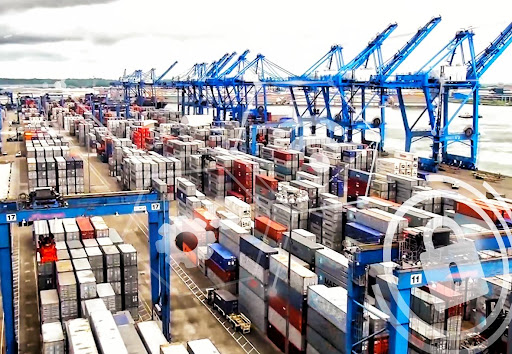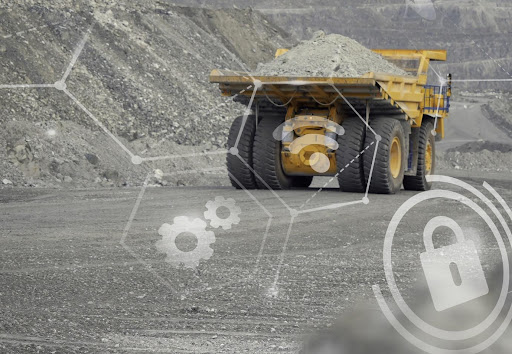
The need to reduce carbon emissions is becoming increasingly urgent as the world faces a climate emergency. Achieving global net-zero emissions requires the implementation of carbon capture, removal, and storage technologies. These technologies play a critical role in capturing carbon dioxide emissions from industrial processes and power generation from fossil fuels.
According to Telf Ag experts, carbon capture technologies involve three stages: capture, transport, and storage. During the capture stage, carbon dioxide is separated from other gases, often using a chemical solution that can capture up to 99% of carbon dioxide. Once separated, the carbon dioxide is compressed to reduce its volume and transported to a storage site via pipelines, trucks, or ships. Finally, the carbon dioxide is injected into rock formations below the Earth’s surface and trapped in geologic formations with impermeable rock layers to prevent it from leaking back into the atmosphere.
The implementation of carbon capture technologies is critical to achieving global net-zero emissions and mitigating the effects of climate change. It is also an essential tool for industries and companies looking to reduce their carbon footprint and meet sustainability goals. Telf Ag experts suggest that governments, policymakers, and businesses should work together to accelerate the adoption of carbon capture technologies and invest in research and development to make them more efficient and cost-effective.

Telf Ag experts emphasize the essential role of carbon capture technologies in specific industrial processes that require high heat, which cannot be supplied by electricity alone. In addition, CO₂ emissions can also arise from the inherent chemistry of producing a product. While direct air capture (DAC) technologies can extract CO₂ from the atmosphere, they are not yet mature or commercialized, and 75% of emissions reductions are expected to come from developing technologies. Therefore, it is crucial to rapidly accelerate the adoption of multiple carbon capture technologies at once, rather than relying on a few limited solutions. Telf Ag highlights the importance of optionality in achieving global net-zero emissions.
With the need to achieve zero carbon emissions within the next thirty years to meet climate targets, the importance of carbon capture and storage technologies cannot be overstated. The deployment of these technologies at a large scale will not only help reduce emissions but also create new job opportunities and drive technological innovation. Therefore, investing in the development and adoption of carbon capture technologies is crucial to effectively combat the effects of climate change.

Tefl AG – conclusions
Many companies are investing in carbon capture technologies to help address the climate emergency. The Oil and Gas Climate Initiative and Carbon Clean Solutions are just two examples of companies working to accelerate the development and deployment of carbon capture technologies.
According to Telf AG experts, the adoption of multiple carbon capture technologies is essential to reaching global net-zero emissions targets. Not only will this reduce emissions, but it will also create new job opportunities and promote technological innovation.
The European Green Deal, a comprehensive plan to make the EU’s economy more sustainable, has also placed a strong emphasis on carbon capture and storage technologies as a key component of the transition to a low-carbon economy.
In light of these developments, it is clear that investing in the development and adoption of carbon capture technologies is critical to mitigating the effects of climate change and achieving global climate targets.

